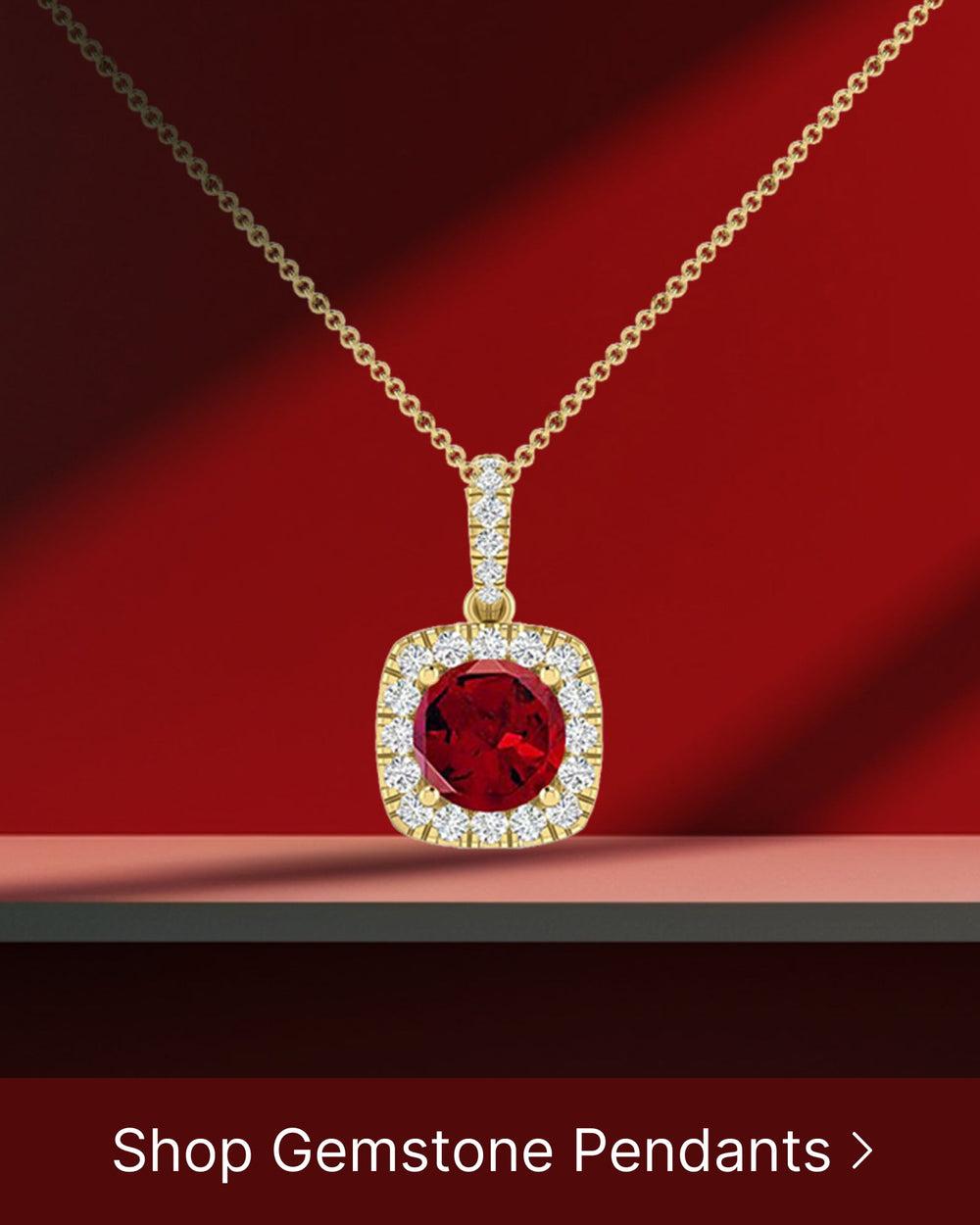Understanding the Basics of Ring Resizing
Ring resizing is a common practice that allows you to adjust the size of your ring to better fit your finger. It is often done when a ring is too loose or too tight, ensuring a comfortable and secure fit. However, many people wonder if resizing a ring can cause damage. In this article, we will explore the process of ring resizing, potential risks and damages, factors that influence the risk of damage, and how to minimize any potential harm.
What is Ring Resizing?
Ring resizing is a procedure performed by jewelers to alter the size of a ring. This process involves either making the ring larger or smaller to fit the wearer's finger correctly. It is important to note that resizing should only be done by a professional jeweler who has experience and expertise in handling different types of rings and metals. A jeweler who specializes in resizing can ensure that the structural integrity of the ring is maintained throughout the process.
The Materials Involved in Ring Resizing
The materials involved in ring resizing depend on the type of metal used in the ring. Common metals used in rings include gold, silver, platinum, and titanium. When resizing a ring, a jeweler will use additional pieces of the same metal to either enlarge or reduce the ring's size. These pieces, called ring shanks, are carefully crafted and seamlessly integrated into the existing ring to achieve the desired size.
Gold is a popular choice for rings due to its durability and timeless appeal. When resizing a gold ring, the jeweler will carefully measure the wearer's finger and determine the amount of gold needed to adjust the size. The additional gold is then carefully soldered onto the ring, ensuring a seamless and secure fit. The jeweler will also take into consideration any intricate designs or gemstones on the ring, ensuring that they are not damaged during the resizing process.
Silver rings, on the other hand, are more malleable and easier to resize compared to gold. When resizing a silver ring, the jeweler will typically cut a small section of the ring and either add or remove silver to achieve the desired size. The cut section is then carefully soldered back together, resulting in a ring that fits the wearer perfectly.
Platinum rings, known for their strength and durability, require a different approach when it comes to resizing. Due to the density of platinum, resizing can be a more complex process. Jewelers often use specialized tools and techniques to resize platinum rings, ensuring that the structural integrity of the ring is not compromised. The jeweler will carefully measure the finger and determine the appropriate amount of platinum needed to adjust the size, and then expertly manipulate the metal to achieve the desired fit.
Titanium rings, known for their lightweight and hypoallergenic properties, are also popular choices for resizing. However, resizing titanium rings can be challenging due to the strength and hardness of the metal. Jewelers who specialize in resizing titanium rings use specialized equipment and techniques to carefully cut and shape the ring, ensuring a precise and comfortable fit. The process requires precision and expertise to avoid any damage to the ring.
In conclusion, ring resizing is a common procedure that allows you to adjust the size of your ring to ensure a comfortable and secure fit. Professional jewelers who specialize in resizing can effectively alter the size of rings made from different metals such as gold, silver, platinum, and titanium. By understanding the materials involved and the expertise required, you can confidently have your ring resized without worrying about any potential damage. Remember to always consult a professional jeweler to ensure the best results.
The Process of Ring Resizing
Ring resizing is a meticulous process that involves several steps to ensure a properly fitting ring. From the initial assessment to the resizing procedure, every detail is taken into consideration by a skilled jeweler.
Initial Assessment and Measurement
Before initiating the resizing process, a jeweler will conduct a thorough initial assessment of the ring. This assessment involves inspecting the ring for any existing damage, such as loose gemstones or worn prongs. By identifying any issues beforehand, the jeweler can address them appropriately during the resizing process.
Additionally, the jeweler will measure the ring size accurately to determine the extent of resizing needed. Using specialized tools, they carefully measure the circumference of the ring finger and take into account factors such as the width of the band and the desired fit. This precise measurement ensures that the resizing process will result in a ring that fits comfortably and securely.
The Resizing Procedure
Once the initial assessment and measurement are complete, the jeweler will proceed with the resizing procedure. This intricate process requires skill and precision to maintain the ring's structural integrity and aesthetic appeal.
The first step in the resizing procedure involves carefully cutting the ring. Using specialized tools, the jeweler makes a precise incision in the band, ensuring that the cut is clean and even. This step allows for the addition or removal of metal pieces, known as ring shanks, to achieve the desired size.
Next, the jeweler selects the appropriate ring shanks and carefully positions them within the cut. The shanks are meticulously aligned to ensure a seamless fit and proper alignment with the existing band. Once in place, the jeweler proceeds to weld or solder the metal pieces together, creating a secure bond that will withstand everyday wear and tear.
Throughout the resizing procedure, the jeweler pays close attention to detail, ensuring that the ring maintains its original design and aesthetic appeal. They meticulously polish the resized area, removing any visible signs of the resizing process and restoring the ring's luster.
Finally, the resized ring undergoes a thorough inspection to ensure that it meets the jeweler's quality standards. The jeweler checks for any imperfections or irregularities, making any necessary adjustments to ensure a flawless final product.
By following this comprehensive resizing procedure, a skilled jeweler can transform a ring to fit perfectly, allowing its wearer to enjoy it for years to come.
Potential Risks and Damages in Ring Resizing
Physical Alterations and Deformities
While ring resizing is generally safe, there is a risk of physical alterations and deformities. During the resizing process, the structure and design of the ring may be altered slightly. This can result in changes to the shape, thickness, or overall appearance of the ring. However, a skilled jeweler will take utmost care to minimize any noticeable alterations and ensure the ring maintains its original beauty.
Impact on Ring's Durability
Resizing a ring may have an impact on its durability, depending on the type of metal used. Some metals, such as gold and platinum, are relatively more pliable and easier to resize. However, other metals like titanium and tungsten are more challenging to resize and may require specialized techniques. It is essential to consult with a knowledgeable jeweler to understand the specific risks associated with resizing your ring and take appropriate measures to minimize any potential damage.
Factors Influencing the Risk of Damage
Type of Metal Used in the Ring
The type of metal used in your ring significantly influences the risk of damage during resizing. As mentioned earlier, softer metals like gold and platinum are easier to resize without compromising the integrity of the ring. On the other hand, harder metals like titanium and tungsten are more susceptible to damage during the resizing process. It is crucial to consult with a jeweler who has experience working with the specific metal used in your ring to ensure the resizing is done correctly.
Presence of Gemstones and their Settings
If your ring contains gemstones, their presence can affect the resizing process. Gemstones that are securely set in prongs should not be impacted significantly during resizing. However, more complex and delicate settings, such as pave or tension settings, may require additional caution during the resizing process. It is important to discuss the presence and type of gemstones in your ring with the jeweler to ensure proper care is taken to protect them during resizing.
How to Minimize Damage During Resizing
Choosing a Reputable Jeweler
One of the most crucial factors in minimizing damage during resizing is choosing a reputable jeweler. Look for a jeweler who has a proven track record in resizing rings and specializes in working with various metals and gemstones. Read reviews and ask for recommendations from friends or family members who have had successful resizing experiences. A skilled and experienced jeweler will take the necessary precautions to minimize any potential damage to your ring.
Proper Care and Maintenance Post-Resizing
After your ring has been resized, it is essential to provide proper care and maintenance to ensure its longevity. Avoid wearing the ring during strenuous activities or exposing it to harsh chemicals and extreme temperatures. Regularly inspect the ring for any signs of damage or loose gemstones. Additionally, have your ring professionally cleaned and inspected by a jeweler at least once a year to address any potential issues before they worsen.
In conclusion, ring resizing can be a safe and effective way to achieve a comfortable fit for your ring. By understanding the resizing process, potential risks, factors influencing damage, and how to minimize harm, you can make an informed decision when considering resizing your ring. Remember to choose a reputable jeweler, communicate any concerns about gemstones, and provide proper care post-resizing to ensure your ring remains beautiful and secure.






